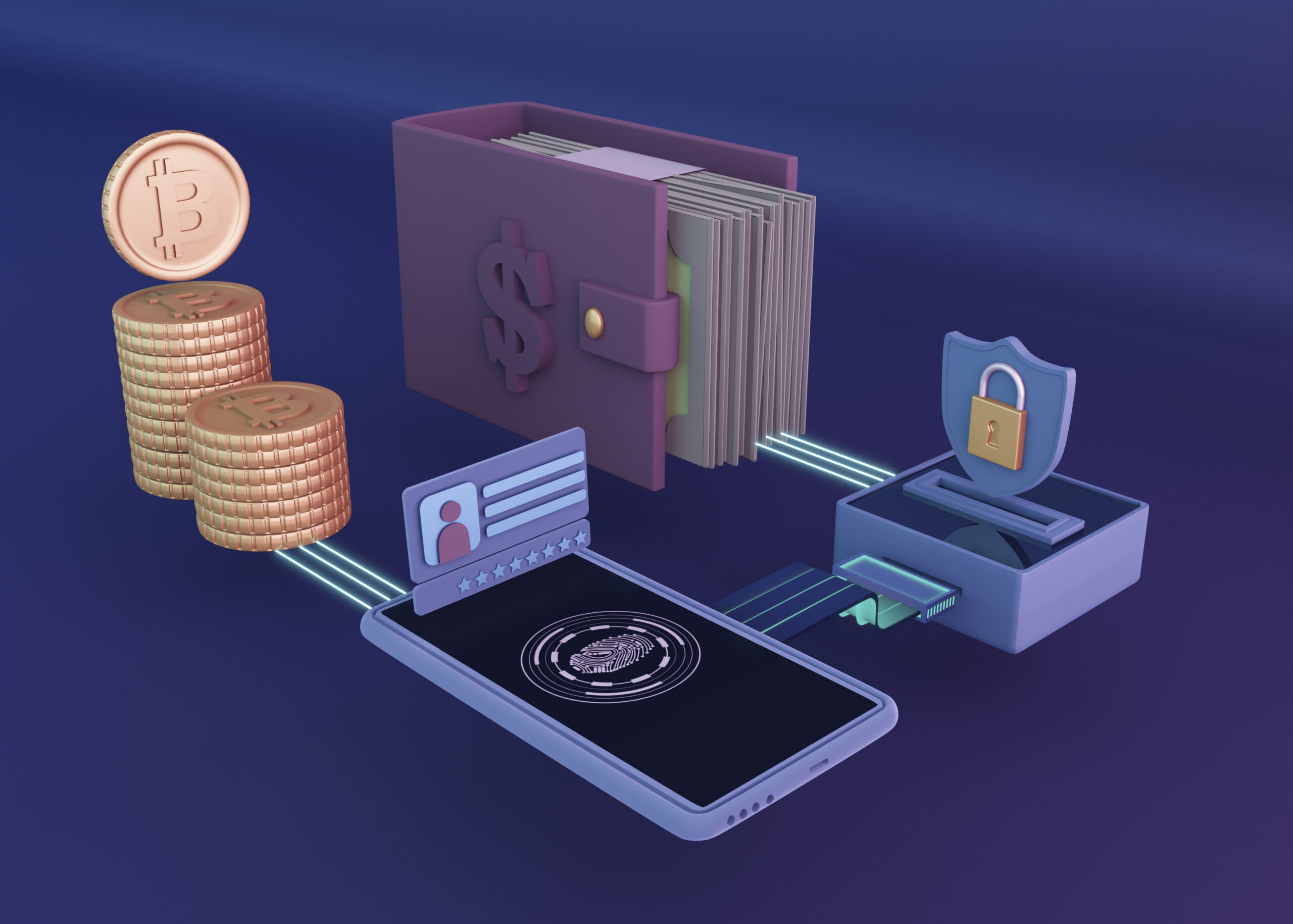As cryptocurrency adoption continues to surge, so does the need for strong security. Billions have been lost to hacks and phishing scams, making the safety of digital assets a major concern for investors. One solution stands out: using a cold crypto wallet to keep your funds secure offline.
This guide explores why cold wallets matter, how they work, and the best practices for protecting your digital wealth in 2025.
What Is a Cold Crypto Wallet?
A cold crypto wallet is an offline storage solution for cryptocurrencies. Unlike hot wallets, which stay connected to the internet, cold wallets remain disconnected, making them almost impossible for hackers to breach.
Types of Cold Wallets
- Hardware Wallets: Devices like Ledger or Trezor that store private keys securely offline.
- Paper Wallets: Printed keys or QR codes (less popular today).
- Air-Gapped Devices: Computers never connected to the internet for ultimate isolation.
Among these, hardware wallets are the most widely used for their balance of security and convenience.
Why Choose a Cold Crypto Wallet?
If you store your coins on an exchange or hot wallet, you face significant risks:
- Exchange Hacks: Billions have been stolen from centralized platforms.
- Phishing Attacks: Scammers target users with fake sites and apps.
- Exchange Collapses: If the platform goes down, you could lose everything.
A cold crypto wallet solves these issues by keeping your private keys offline, granting you:
- Complete Ownership: You control your funds, not a third party.
- Top-Level Security: No internet access means minimal hacking risk.
- Ideal for Long-Term Holding: Perfect for HODLers and large investments.
How Does a Cold Wallet Work?
Cold wallets store private keys securely in an offline environment. Here’s the process:
- Transaction details are sent to the wallet.
- The wallet signs the transaction internally.
- Signed data is transmitted online without exposing private keys.
This ensures your keys never leave the cold wallet or touch the internet.
Features to Look for in a Cold Crypto Wallet
1. Security Features
Look for PIN protection, encryption, and optional passphrases for extra layers of safety.
2. Multi-Currency Support
The best wallets support Bitcoin, Ethereum, and hundreds of altcoins.
3. Backup and Recovery
Seed phrases or backup methods are critical if the device is lost or damaged.
4. Ease of Use
User-friendly wallets reduce setup errors and make transactions simpler.
Top Cold Wallet Options in 2025
Ledger Nano X
- Features: Bluetooth connectivity, supports 5,500+ coins.
- Why It’s Great: Secure and versatile for both desktop and mobile users.
Trezor Model T
- Features: Touchscreen display, open-source firmware.
- Why It’s Great: Highly trusted with a strong focus on user security.
Ellipal Titan
- Features: Completely air-gapped, QR code transaction system.
- Why It’s Great: Maximum isolation from online threats.
All three rank as reliable choices for anyone seeking the best cold crypto wallet.
Risks and How to Avoid Them
Even the safest wallets require responsible handling:
- Device Loss: Keep your wallet in a secure, hidden location.
- Seed Phrase Mismanagement: Store your recovery phrase offline, ideally in a fireproof and waterproof container.
- Fake Devices: Purchase only from official sources to avoid counterfeit risks.
Tips for Using a Cold Crypto Wallet Securely
- Enable Passphrases: Add extra layers of security beyond PINs.
- Update Firmware Regularly: Stay protected with the latest patches.
- Never Share Recovery Phrases: Treat them like the key to your vault.
Cold Wallet vs. Hot Wallet: Which Should You Use?
Hot wallets are convenient for everyday transactions, but they’re vulnerable to hacks. A cold crypto wallet, while less convenient for frequent trading, offers unmatched security for long-term storage and large holdings.
Conclusion
In an era of growing cyber threats, safeguarding your assets is non-negotiable. A cold crypto wallet provides the ultimate layer of protection, keeping your private keys safe from online attacks.
Whether you choose Ledger, Trezor, or Ellipal, make sure you follow best practices: buy authentic devices, back up your recovery phrases securely, and update firmware regularly. Your crypto deserves nothing less than the highest security available in 2025.

